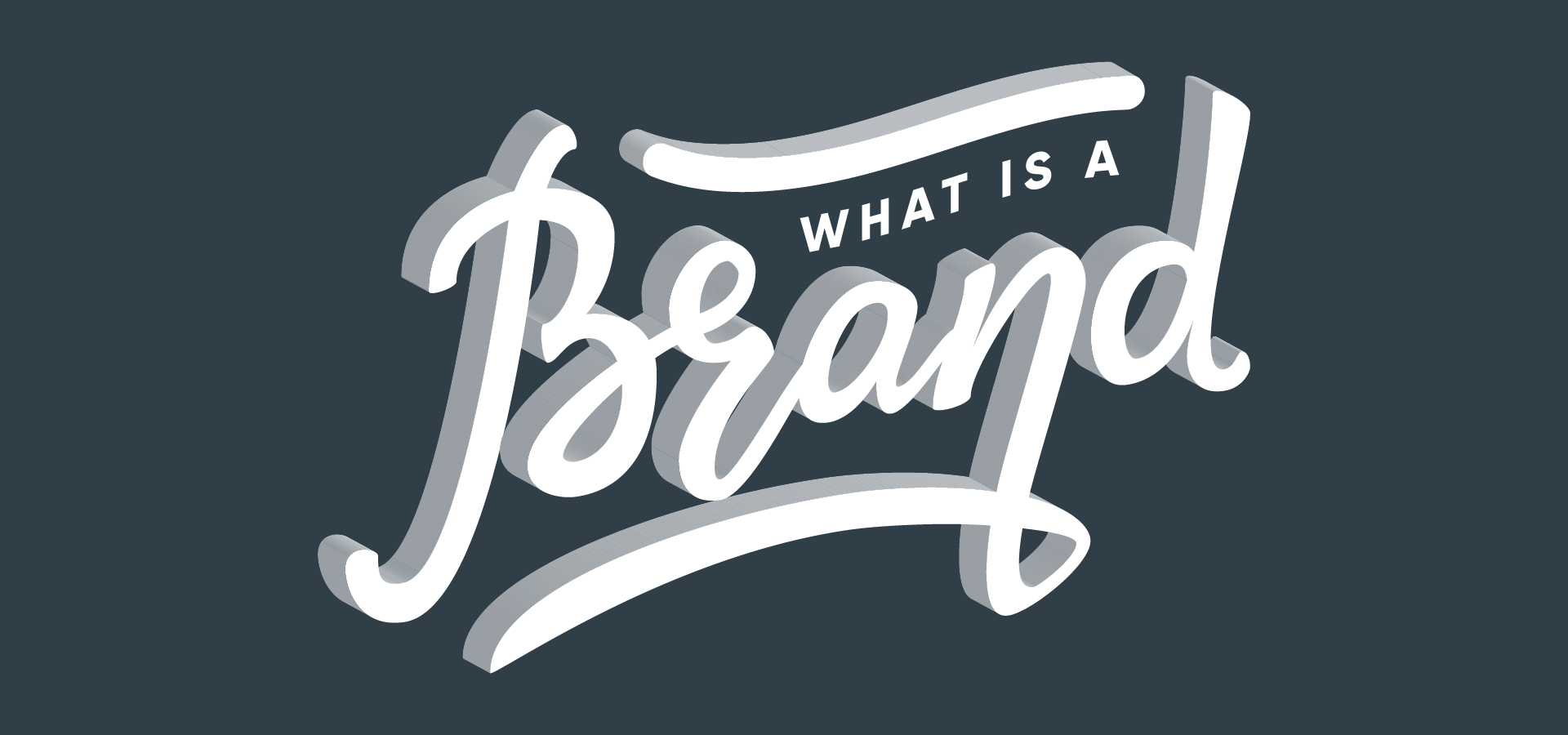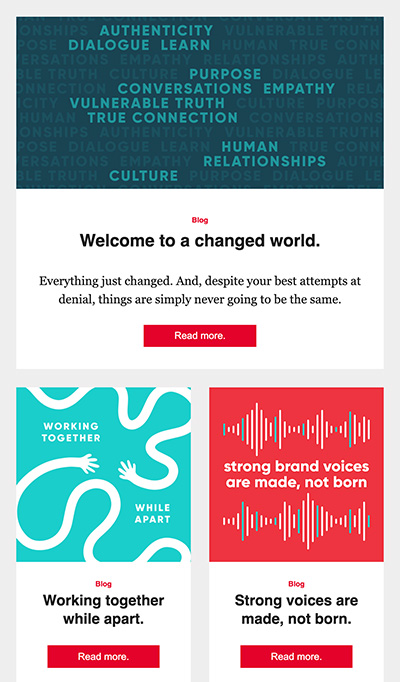What is a brand?
The term “brand” is thrown around a lot these days, but what does it really mean?

We live in the era of the brand. Everything and everyone, from the latest shoe company to your little sister on Instagram, is “branding” themselves. But what exactly does that look like, and how can something so broad even be defined? Rather than slapping a half-baked definition onto a nebulous concept, let’s take a look at some of the qualities of what brands are (and aren’t.)
Brands are recognizable.
Close your eyes and imagine your favorite drink. Whether you just daydreamed about a nice cold Pepsi or your favorite mango smoothie from the local cafe down the street, you probably visualized not only the physical product, but a logo. Logos are one of the most easily identified components of a brand or product, but also one of the least understood. On the simplest level, logos make companies, people, or products recognizable in the marketplace. But they also differentiate companies from competing brands by graphically representing the unique qualities and characteristics that drive their existence. Is the brand playful? Or sophisticated? Is it altruistic? Trendy? Dated? Attributes like this can start to be inferred from the colors, shapes, and typography in a logo, but a mark alone cannot tell the whole story.
Brands are emotional.
When you imagined your favorite drink, you likely also thought back to a time when you personally interacted with it. Maybe you felt a general sense of familiarity. Or maybe you were able to remember a specific moment of interaction with the beverage. Either way, you probably were able to tap into the innate emotionality of how the brand made you feel. The most successful brands evoke emotional responses, for better or worse. They make us feel. But feelings towards companies don’t happen overnight. They are the sum of every interaction, touchpoint, and experience that you’ve had with a specific product or service. The inherent impressionability of brands causes us to respond in certain ways. Maybe that looks like buying a pack of Pepsi everytime you go to the store, or maybe it takes the form of sending a pointed tweet when they post a video from their recent controversial campaign.
Brands are ever-evolving.
The Pepsi logo has changed immensely over the years, but the original design is as recognizable today as the current iteration. Why? Similarly to how our perceptions of brands are ever-changing reflections of our experiences with them, brands must also evolve to change with the times. The old Pepsi logo wouldn’t have the same effect today as it did when it was introduced, because the audience, the product, and the messaging changed, for good reason, over time. This is not to say that a brand’s evolution over time is purely aesthetic. An organization’s culture can also, and should, undergo several foundational changes to stay pertinent to the ‘now’.
Brands are everything.
A brand is not just a logo. It’s not a website, an app or a trendy campaign. It’s not an image, a color, or a font. It’s not a product or a billboard on the side of the highway. It’s not a radio spot or an ad on Facebook. Brands are every touch point, every interaction, every conversation — everything a customer sees, hears, and feels. It is a company’s culture, image, and their way of doing business. Brands are the sum of all.


